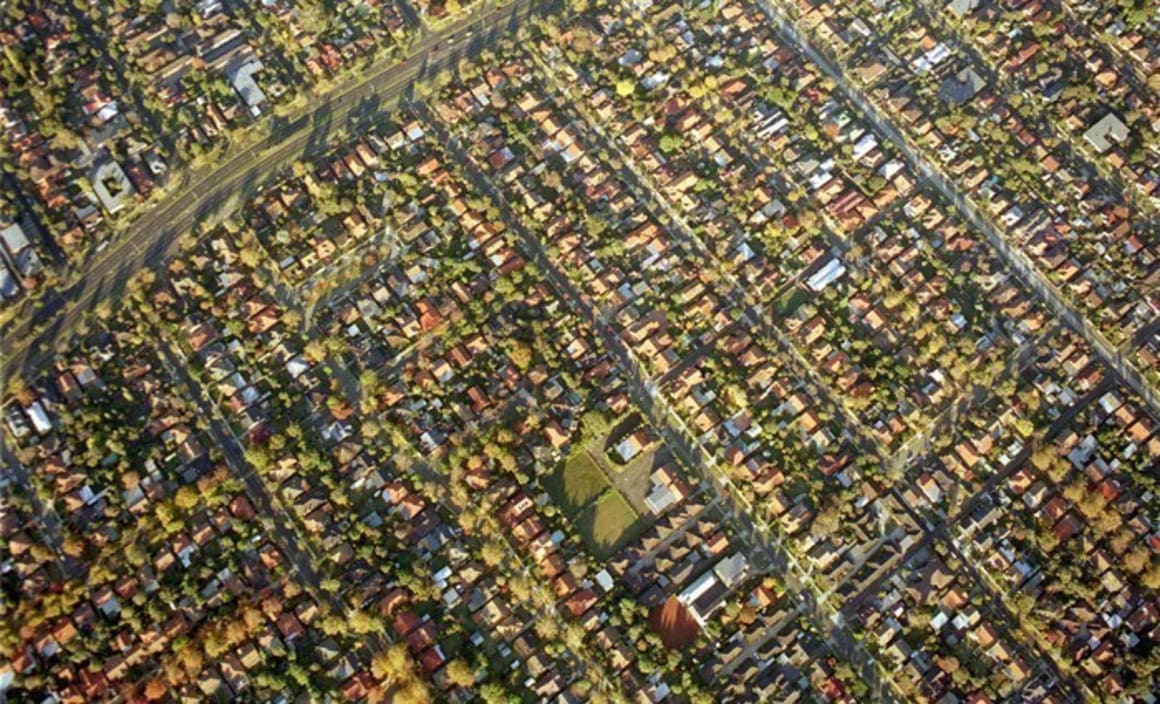Burwood's 37.5 percent rise in land values more than trebles NSW's 11.1 percent overall value jump

Residential land values in NSW increased by 11.1 percent to a total of $1.2 trillion in the 12 months to 1 July 2016.
It continued the trend seen in the preceding two years.
The land values were based on the analysis of over 38,000 residential property sales across NSW.
The Sydney metropolitan area experienced the strongest increases.
Burwood's 37.5 percent rise, parts of Canterbury-Bankstown (previously Canterbury) (25 percent) and parts of Inner West (previously Ashfield) (24.6 percent) recorded the strongest increases in residential land values driven by demand for property with redevelopment potential, close to transport and the Sydney Central Business District (Sydney CBD).
The increases within Burwood were especially around the town centre and along Parramatta Road, where the government has released an urban transformation strategy foreshadowing higher density apartment construction with some parts of Burwood, such as Milton Street parallel to Parramatta Road, seeing land values soar 100% within the year. The highest increases were generally sites allowing residential unit development close to infrastructure, shops and services, also in Homebush, Flemington and South Strathfield where land values increased by around 76 percent.
Land values in the south western growth areas of Campbelltown, Camden, Liverpool and Wollondilly local government areas (LGAs) increased by around 25 percent, and the north western areas of Hawkesbury and The Hills by around 18 percent.
The NSW Valuer General noted not all areas increased at the same rate. Residential land values north and south of the Sydney CBD generally showed increases of 10 percent to 15 percent, while values in Sydney’s eastern suburbs (Randwick, Waverley and Woollahra LGAs) all increased by less than 5 percent.
Coastal areas of NSW also recorded moderate increases with residential land values in most areas increasing between 5 percent and 13 percent.
It included the major population centres of Wollongong (7.8 percent) and Newcastle (13.2 percent) LGAs.
There were mixed results in regional NSW with residential land values in most LGAs remaining stable or recording slight increases of up to 5 percent.
Broken Hill and the mining areas of the Hunter (Muswellbrook, Singleton and Upper Hunter LGAs) recorded falls in land values ranging from about 8 percent to 15 percent.
There are now 16 LGAs where the median residential land value is over $1 million dollars - all in the eastern or central parts of the metropolitan area.
The highest median land value is in the LGA of Mosman at $1,840,000, up 12.2% in the year to 1 July 2016, followed by Woollahra at $1,815,000, up 5.5 percent.
The lowest median residential land value is in the Central Darling LGA, $2,400, which increased by 62.1 percent from a low base which results in a large percentage movement.
Land value is the market value of the land only, as if it had sold on 1 July in the valuing year. It does not include the value of buildings or other structures.
In September each year the Valuer General determines new land tax and premium rate thresholds for the coming year.
The requirements for the determination of new thresholds are set out in Division 4A of the Land Tax Management Act, 1956.
The adjustments to the thresholds are based on the annual movement in the average land values of land within residential, commercial, business and industrial zones in NSW.
The rate of change of land values in these zones from 1 July 2015 to 1 July 2016 was determined to be 11.087 percent.
The land tax threshold for the 2017 land tax year was determined to be $549,000 and the premium rate threshold was determined to be $3,570,000.